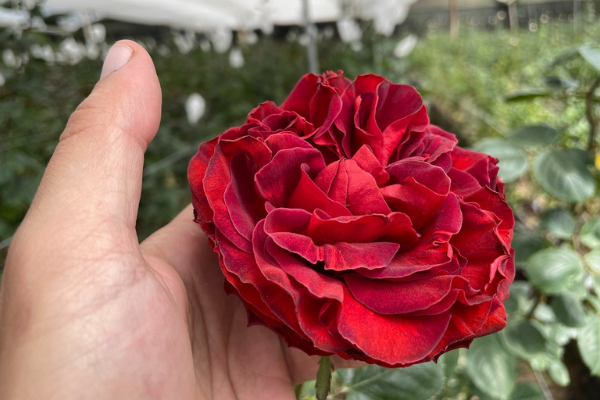6 years, 2 months ago
Valentine's Day
February 14 is approaching, and as is the tradition every year we celebrate the day of love, friendship, and Valentine's Day.
Who was Saint Valentine?
The story is somewhat uncertain, but it is known that since the time of the Romans as a pagan feast, February 14 celebrated the beginning of spring and fertility.
Before 500 A.D., Pope Gelasius I turned it into a Catholic holiday, associating it with Saint Valentine, who, according to the Catholic religion, was possibly a bishop doctor who was beheaded in the 3rd century because the Roman emperor Claudius II forbade the marriage of young people because he believed that soldiers who were single and childless were better. So to prove otherwise, Saint Valentine secretly married young couples who were in love, a situation that the emperor learned about and decided to have him killed.
While he was in prison awaiting his death, he made good friends with the blind daughter of the jailer, who incredulously challenged Saint Valentine to demonstrate his faith by healing his daughter, and so he did. In gratitude for her friendship and to grant her the miracle of recovering her sight, she planted an almond tree of pink flowers next to her tomb and for this reason, these flowers are related to love and friendship. After 15 centuries, in 1969, the Vatican Council decided to remove this feast from the liturgical calendar, but its celebration remains in many countries and in many religions.
History of Roses
The first data on roses take us back to the 17th century B.C., to ancient Greece on the island of Crete. The rose was considered a symbol of beauty by many cultures at that time; Egyptians, Greeks, Babylonians, and especially the Romans carefully cultivated them to decorate their gardens.
Roses have been present in books as important as the Bible, being the most named flower in the texts. During the first century A.D., the rose traveled through Asia and Europe, but it was not until the middle of the 19th century that the modern era began in which varieties were created and marketed throughout the world.
Some interesting facts
The farms plan from October the production of Valentine, which will be shipped at the end of January and beginning of February of the following year, and carry out the so-called "pinch", a practice consisting in cutting the stems to the base, which makes it possible to increase the number of new stems that grow and in this way reach the forecast quantities.
In the days before Valentine's Day, farms double their activity by cutting 70,000 stems per day instead of 35,000.
The preferred color for these dates is red, followed by white and pink, and the most demanded flower is the rose.
Ecuador is planning to exceed last year's 15,000 tons of fresh-cut flowers for Valentine's Day, which represents 8 to 9% of the flower production, more than 230 cargo flights, representing almost 22%, and at least 25% of annual income.
Ecuador has been identified as the country producer and exporter of the best roses in the world. The fertility of its lands and its geographical location, with microclimates, allow us to obtain high-quality roses with unique characteristics, such as thick and long stems, a variety of colors, and large buttons.


